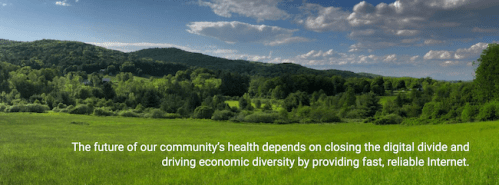How’s your internet? Jan. 2021 update from DVFiber

How’s Your Internet?
As we take stock of the profound challenges we faced in 2020, one thing that stands out is the universal need for equitable, sustainable broadband. Though we are not out of the woods yet with COVID-19, we do understand more about the practical necessity for reliable Internet access; for education., for healthcare, for work. In December’s Vernon Community News, we attempted to answer the most commonly asked questions about how this can be accomplished. We also wrote about the organizational structure that is developing to govern and plan for DVFiber, the growing communications district in southern Vermont. DVFiber’s values are equity, performance, affordability, reliability, and privacy.
Since November, DVFiber has launched a new website (dvfiber.net), published its first quarterly newsletter, and set up a Facebook profile. To stay connected with developments and news, we encourage you to go to the website and sign up for the newsletter. If you use Facebook, we invite you to Like us (search for DVFiber)
The district is expanding
In the past three months, five towns have joined the Deerfield Valley Communications Union District (DVCUD), expanding the collaboration from 15 to 20 towns with the addition of Weston, Dummerston, Putney, Westminster, and Newfane.. This continued growth increases both the ultimate scope of the project and the number of people working to achieve its goals. In less than a year, the district has grown from its original five member towns to 20 towns in Windham, Bennington, and Windsor counties. You can see the full list of towns and their representatives and alternatesat dvfiber.net.
What is DVCUD? And what is DVFiber?
Though sometimes used interchangeably (and, yes, sometimes in a confusing way), distinctions do exist between the two names.
The Deerfield Valley Communications Union District (DVCUD) is the legal name of a municipality allowed by state statute to set the stage (literally, to oversee every single aspect, top to bottom, start to finish) for the provision of a reliable, affordable broadband connection to all houses and businesses that want it in all member towns in the district. Certain legal requirements and provisions accompany this oversight and development responsibility (for example, Vermont’s Open Meeting Law).
You could say DVCUD is similar to a waste management municipality.
DVFiber is the name of the outward-facing brand, the name of the business that DVCUD is developing to secure and provide Internet access. Once broadband service becomes available, customers will interact with DVFiber for that service. DVCUD exists to make sure that DVFiber acts in accordance with state statute and the organization’s mission and guiding principles.
What’s the latest news?
Three items rise to the top:
- DVFiber contracted a study of telephone poles in three towns. Because fiber is placed on existing telephone poles (facilitating relationship building with utilities and related companies), an initial step is an actual physical check-up of every telephone pole in each member town. In accordance with the business plan developed for the Windham Regional Commission, DVFiber sent a survey team to Halifax, Stamford, and Whitingham. Once completed in all 20 towns–grant proposals to fund these pole studies have been submitted–the data will inform upcoming requirements for a high-level design to connect all member towns.
- To support its strategic planning and marketing, DVFiber contracted for ‘premises density mapping’ for all E-911 addresses in the district. Maps were completed in December and complementary data collected in the recent three-town pole studies–these data formulas are readily expandable to the entire district. Information from both these studies will inform construction cost estimates.
- DVCUD met with the Windham County legislative delegation in mid-December and presented key advocacy issues: prioritize Vermont communications union districts (CUDs) in policy and funding; strengthen paths to state loan programs; increase the role of collaboration between CUDs and public utilities; and strengthen leadership and planning capacities for CUDs. DVFiber looks forward to astrong working relationship with our delegation. We have a great friend in Rep. Sara Coffey!
Intrigued? Want to get involved?
There is an enormous amount of work required to secure broadband for and win customers to DVFiber. You can learn more by visiting dvfiber.net.
Please contact Munson Hicks or Bronna Zlochiver if you have specific skills and would like to get involved. The district is powered solely by volunteers and you do not have to serve on the governing board to help out. We can be reached at debandmunson@mac.com or bronna.zlochiver@gmail.com, respectively.
